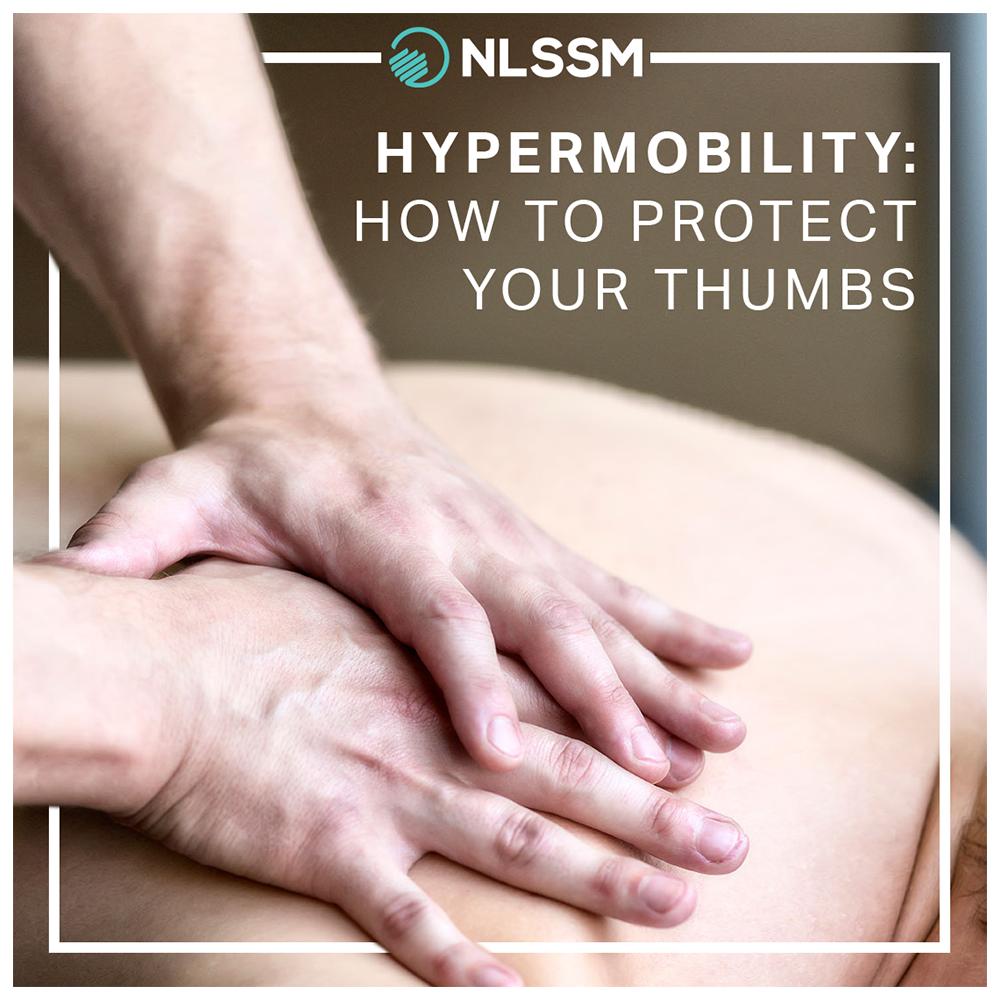Top Tips on how to work deeply using your thumbs, achieving greater gains with ease.
Do you have a love-hate relationship with your thumbs? Do you want to use them but without the resulting pain? Many therapists want to use them for deeper strokes and precision work but find that it always results in pain and discomfort.
This is a problem because therapists are natural caregivers, it is in our nature to look after others, we make it our priority, sometimes we deny ourselves the same care we give our clients, we advise them not to work through pain yet we do not take our own advice. How many times do we hear stories about how hard our job is on the body?
Our work is tough, yet we compound the problem day in and day out hoping it will simply go away. Maybe you’ve tried a variety of solutions without finding a permanent one and stoically you continue to work through the pain, I might just have a solution for you….
Arthritic type pain in the saddle joint is at the top of the list of work related injuries that a soft tissue therapist suffers, the solution is simple, but the change can be a challenge to implement because bad habits are usually difficult to change.
There are solutions, such as the no hands approach, correcting your body mechanics, trying different tools, all of which might result in some relief but doesn’t enable us to make use of them again. But what if you could reintroduce them without any resulting pain?
My early life as a dancer was well spent, it helped me to understand how to use my body as an effective tool and it set the foundation for my future career as a massage teacher and therapist. I came to understand how to create strength out of ease, power out of lightness and stability from alignment. It is these concepts that have allowed me to remain injury free in a career that has lasted 20 years.
First let us establish what your individual challenges might be, for example hypermobility. The principles I will be introducing are equally relevant to you as they would be with any therapist who has stable joints.
Do you recognize your thumb type in the digital picture below? Can you make your thumbs bend at child frighteningly odd angles? If you’ve answered yes then the following advice is a must for you.
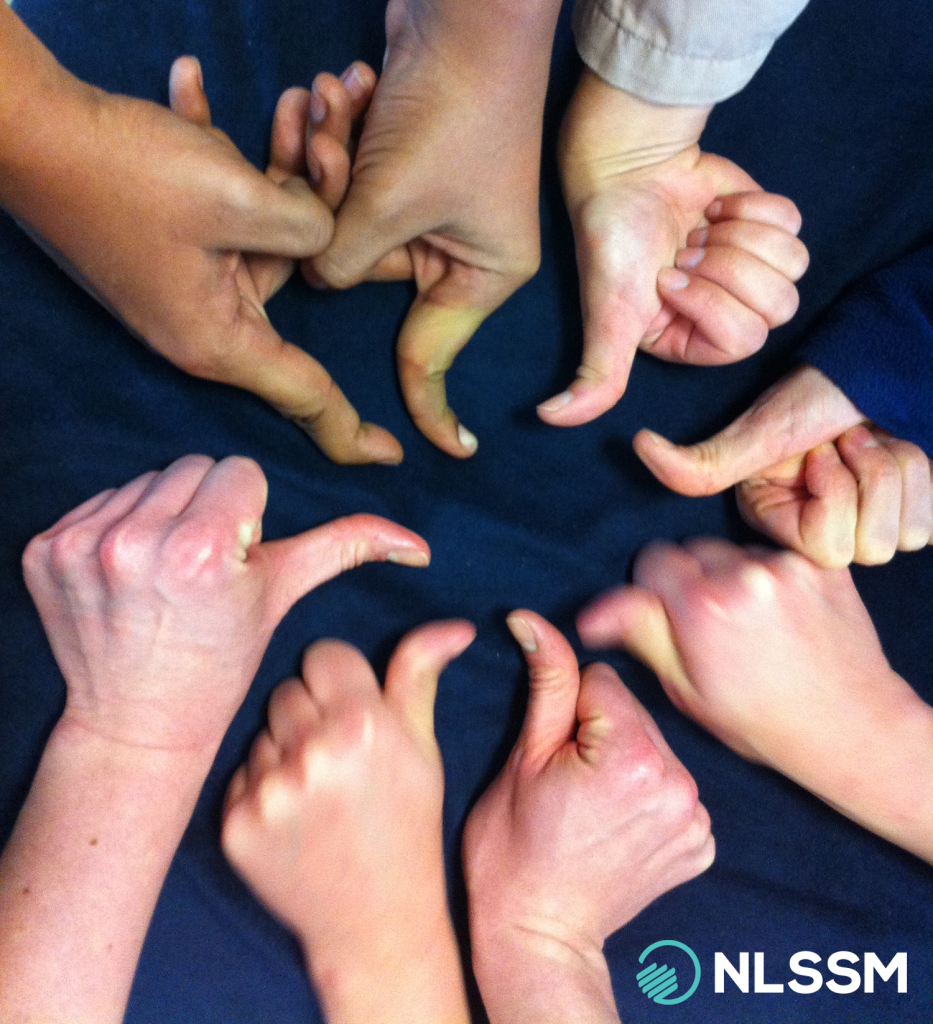
The suggestion that you can reinforce a thumb by bracing it with the other one (which is just as bendy as the first one) will not do you much good and certainly with this amount of flexibility trying to align with the forearm is almost impossible. So what is the solution?
I am blessed with strong thumbs but even so I seldom apply any techniques using my thumbs independently. The majority of the time I use the support of my other hand, notice I did not say my other thumb or finger, instead I specifically said my other hand. This is key in creating the ease you need plus the strength and power you want to translate through your thumb.
Here is an exercise I would like you to try to set you up with the right approach:
Step One:
Place one hand on the body
Ensure it is flat making full contact, including the heel of your hand
Check that it hasn’t any tension by lifting the fingers, which you should be able to accomplish with ease.
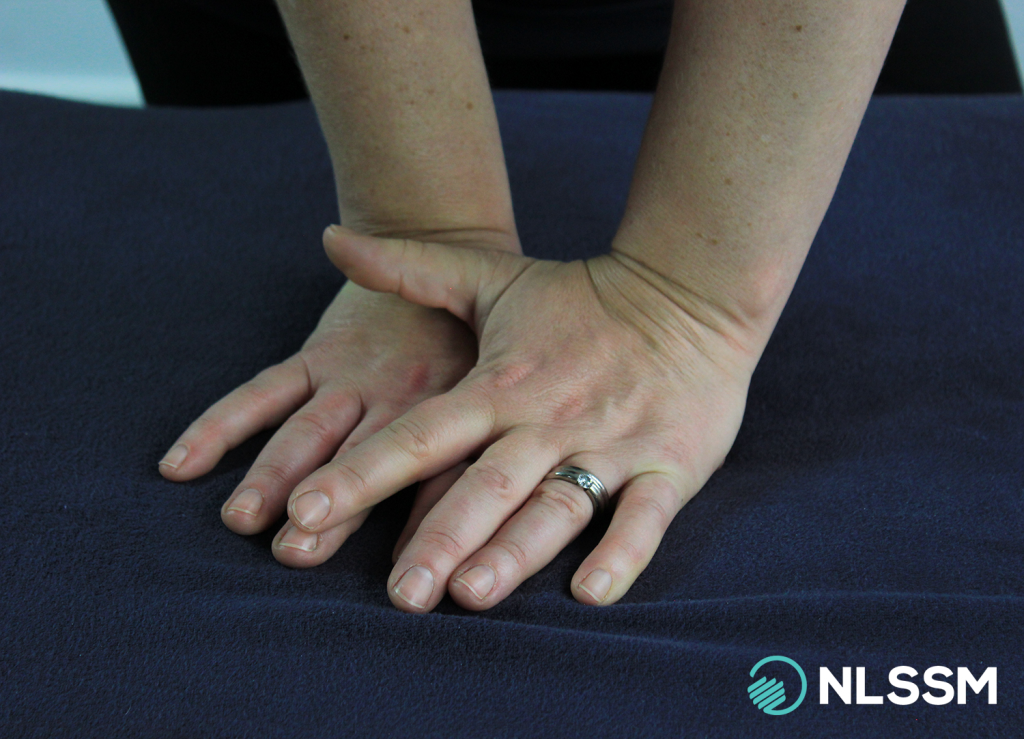
Step Two:
Place the other hand on top of the hand, in the manner demonstrated in the picture below, the top hand produces the power, if needed, the bottom always remains soft and relaxed.
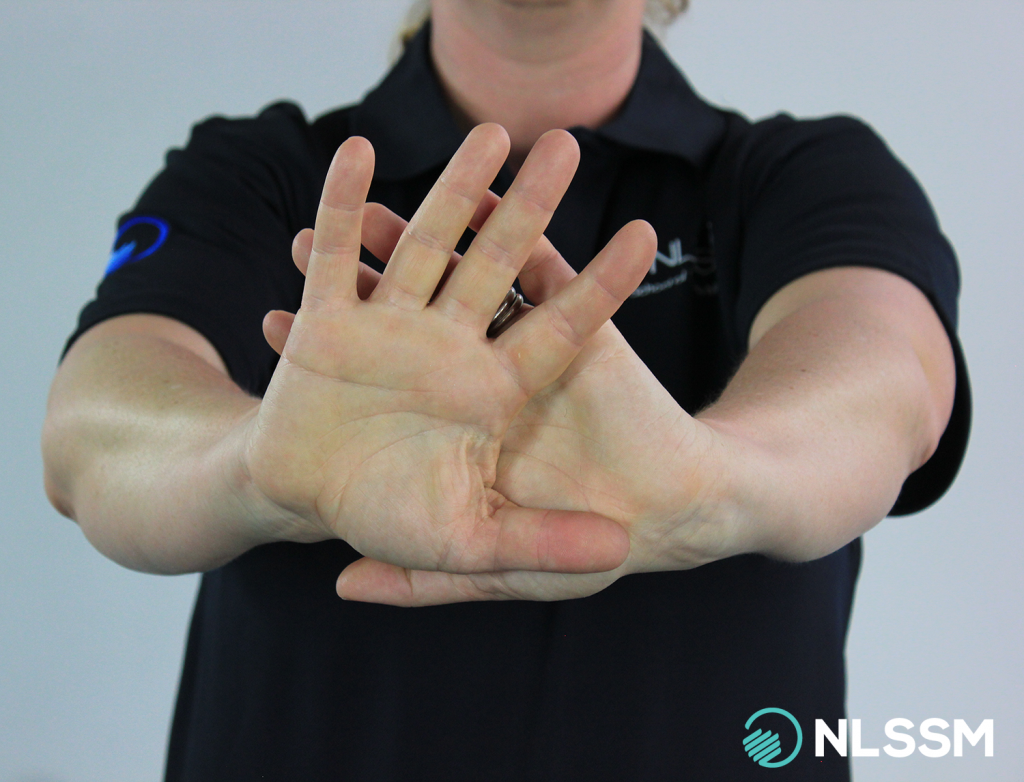
Step Three:
Most of the power should come from your base, your movement originates from your torso and feet allowing the upper body to remain relaxed.
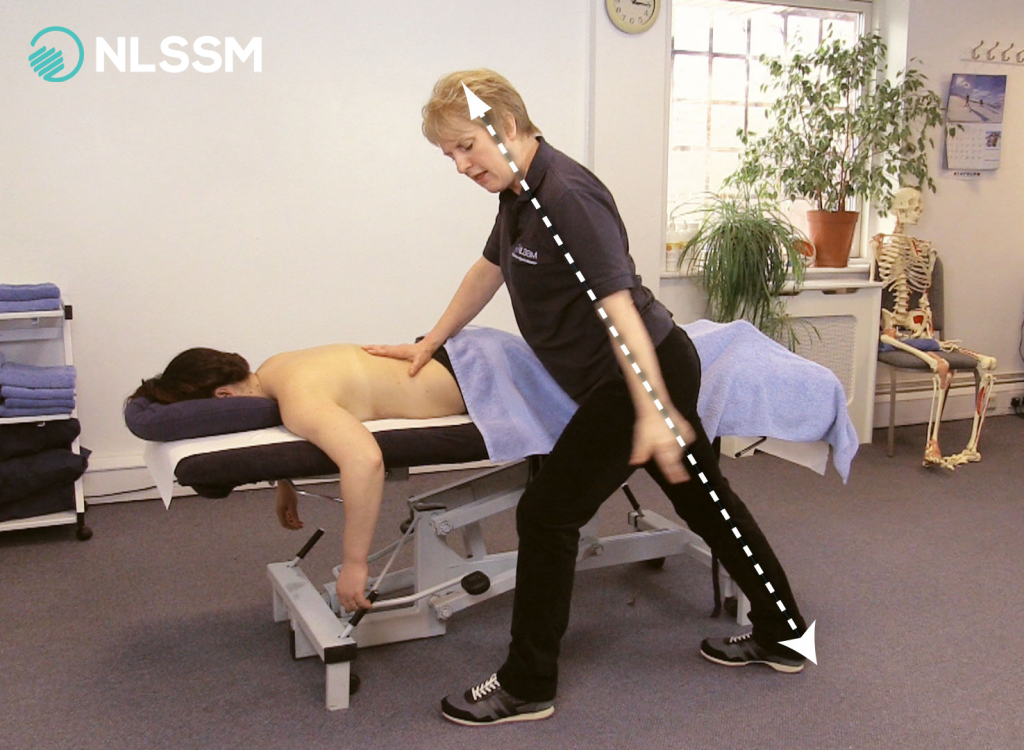
Other benefits of using this approach include more accurate feedback from the tissue, often leading to a more effective outcome of treatment, precipitating fewer negative post treatment symptoms and leading to greater client satisfaction, especially from those clients who want deeper work without the brutality.
Remember that the thumb is making the connection, it is the communicator, if it is stiff it will generate tension in the tissue, this is a natural response to techniques that are pokey and/or invasive. This approach allows you to remain at ease, increasing the accuracy of your perception of the condition of the tissue and allowing you to work more sensitively. These are just a few of the benefits that come from using this method.
A majority of therapists come to this job to help others, with the intention of making a difference, we want to help people, ease their discomfort, but if we do not take care of ourselves then we’re the ones that will either be out of a career and be another statistic or become the client who is in need of fixing.
If you are interested in refining some of your skills as a therapist especially if you find posture a troublesome issue why not take a look at a one-day Refresher Course!
< PREVIOUS POST
What is Sports Masage?

